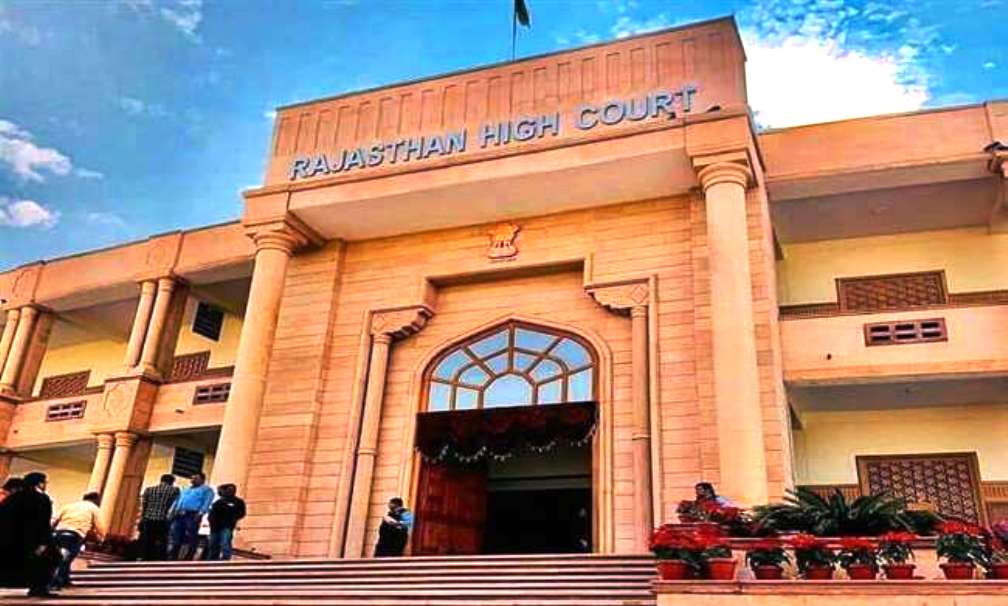Rights of transgender persons to be treated fairly in places of their employment and their right to self-perceive their gender identity were affirmed when the Jaipur bench of the Rajasthan High Court. Pronouncing the judgement in the case of Chinder Pal Singh vs. The Chief Secretary The court directed the Chief Secretary of the state to make sure that the provisions of The Transgender Persons (Protection of Rights) Act, 2019 are implemented effectively and ordered for a compliance report to be placed before the court before 4th September 2023.[1]
The petitioner took birth as a female i.e., sex assigned during birth. After completing his education, he was appointed as a Physical Training Instructor-Grade III under the general female category. At 32, he consulted a psychologist who certified that he suffers from gender identity disorder. The condition is the distress a person experiences due to a mismatch between their gender identity—their personal sense of their own gender—and their sex assigned at birth. It is also known as Gender Dysphoria- a more positive term used to disassociate the stigma in using the word disorder.
The psychologist recommended a Sex Reassignment Surgery, and the petitioner underwent phalloplasty. By August 2018, the petitioner had received a certificate from the urologist that the petitioner was a “functional male” and was on “hormone therapy.”
In September 2018, he changed his name from Chinder Pal Kaur to Chinder Pal Singh via an announcement in the Official Gazette and also in his Aadhar card.
In September 2018, he applied to the principal of the school he works in, to change the name in the service register so that he and his family can enjoy the benefits which would be hard to get if the name change is not made effective.
In October 2018, the principal referred the matter to the Joint Director, Secondary Education and since then, there has been no decision. Therefore, the petitioner approached the court.
Government’s Argument:
The state government argued that a declaration by the Civil Court declaring the petitioner as a male is necessary for the name in the service register to be changed which the petitioner did not submit.
What does the HC judgement say?
The judgement relied on NALSA vs. Union of India– a landmark judgement by the Supreme Court on transgender rights and the Transgender Persons (Protection of Rights) Act, 2019[the Act] for the resolution of the issue.
The Supreme Court in the NALSA case held that the transgender persons are also entitled to basic human rights including the right to life with human dignity and right to privacy and freedom of expression. It has been held that the right of a person to self-perceived gender identity is a part of his/her fundamental rights guaranteed under Articles 14 and 21 of the Constitution of India and a person cannot be discriminated on the basis of sexual orientation or gender identity different from that assigned at the time of birth.
With respect to the provisions of the Act, the court examined the process of issuance of certificate of identity to transgender persons. Under Section 6 of the Act, the District Magistrate is empowered to issue a certificate to the transgender person, even before the surgery. If the person undergoes a surgery, under Section 7, a new application along with a certificate from the Chief Medical Officer shall be made to the DM, who in turn would issue a renewed certificate. The person who has been issued a certificate either under Section 6 or Section 7 will be entitled to a name change in all the official documents relating to the identity of such person.
The Court directed the petitioner to approach the District Magistrate with the required application and consequently the respondents who would change the name on receiving the certificate.
Conclusion
In order to become a more inclusive society, the judiciary and the executive has to protect and implement, respectively, the legislative protections accorded to the marginalised. In this case, since the executive failed to fulfil its responsibility, the Judiciary intervened. However, only with large-scale executive implementation can inclusivity be achieved.
(The author is a legal researcher with the organisation)
[1] 2023/RJJP/011257
Related:
M’tra Govt moves HC against MAT Order directing inclusion of Transgenders in police recruitment
Supreme Court directs Centre to frame policy on jobs for transgender persons
Transgender Activists Say UP Cop Beat Them up for Sheltering Trans Son in Gurugram

